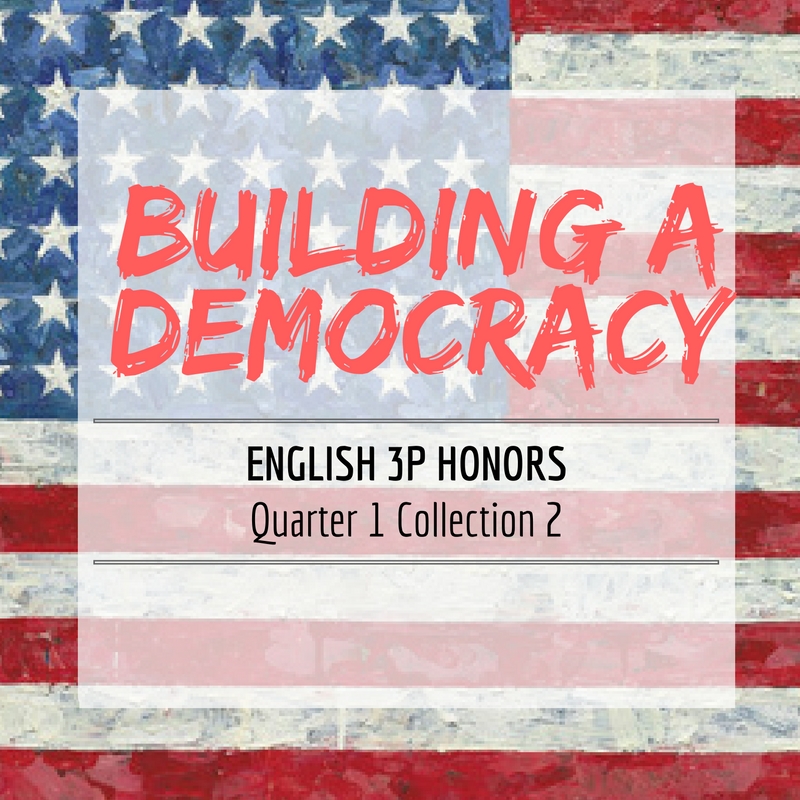
“A nation is formed by the willingness of each of us to share the responsibility for upholding the common good.” — Barbara Jordan
Unit Goal:
Students will analyze various texts to determine how foundational documents use rhetorical devices to state the case for unity and/ or protecting individual rights.
Essential Question:
HOW DO WE CREATE A UNIFIED NATION WHILE PROTECTING THE RIGHTS OF EVERYONE? (Click for Infographic Summary of the Unit)
Literary Terms:
Purpose, Diction, Tone, Central Claim, rhetoric, rhetorical features, rhetorical devices, syntax, parallelism, premise, ethos, pathos, logos, counterclaim/counterargument,
Academic Terms:
TOOLS: Vocabulary Bank, Tone Words
Objective I: Identify and analyze CENTRAL IDEAS and Rhetorical Devices in EARLY AMERICAN PUBLIC DOCUMENTS.
I. Pre-reading:
a. Barbara Jordan Quote Analysis
b. “A New American Nation” p. 109-110 & “Democracy 4 Square Discussion“
c. Videos: “The Presidents: Jefferson Writes the Declaration of Independence” & Schoolhouse Rocks: Fireworks
II. Close Read and Compare ideas of government in “Declaration of Independence” and “The Constitution”
III: Post Reading: Compare and Contrast Summary & Says Means Matters
Objective 3: After participating in Learning Stations, students will be able to compare views of government depicted by foundational public documents in a formal presentation.
I. Pre-reading: Image Quick Analysis: Join or Die
II. Reading: Learning Stations
- “Speech to the Virginia Convention” by Patrick Henry
- “The Federalist No. 10” by James Madison
- Correspondence from Abigail Adams and John Adams
- “Petition to the Massachusetts General Assembly” by Prince Hall
- “To the Right Honourable William, Earl of Dartmouth” by Phillis Wheatly
III. Post-Reading: Formal Debate or Presentation
Objective 4: Analyze the contributions of slave narratives to the tradition of democratic discourse in the United States.
I. Pre-reading: Image Quick Analysis
II. Reading: “The Autobiography of Olaudah Equiano,” by Olaudah Equiano (AKA Gustavus Vassa)
III. Post-Reading: “Did fear of Slave Revolts Drive American Independence” Socratic Seminar Evaluation Guide